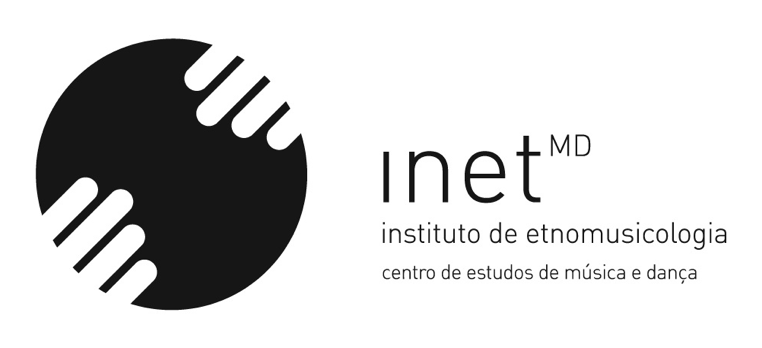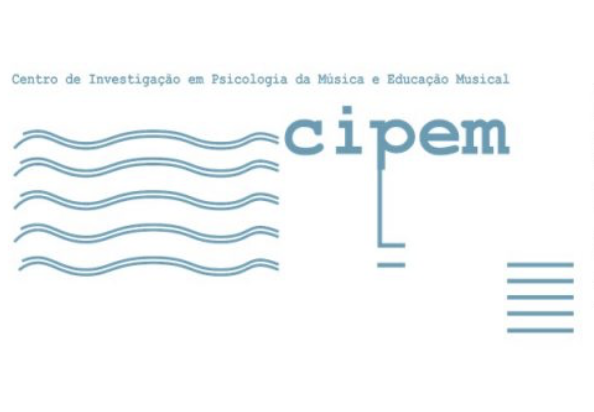Submissions
Submission Preparation Checklist
As part of the submission process, authors are required to check off their submission's compliance with all of the following items, and submissions may be returned to authors that do not adhere to these guidelines.- The submission has not been previously published, nor is it before another journal for consideration (or an explanation has been provided in Comments to the Editor).
- The authors have a registration on the ORCID platform (https://orcid.org) before submitting the manuscript for evaluation.
-
The contribution is original and unpublished, and is not under review or for publication by another journal;
-
The authors indicate, from the moment of submission, the complete authorship of the manuscript, both in the metadata and in the non-anonymized file, and the inclusion or exclusion of co-authors after submission is not permitted. Furthermore, they indicate the existence of a conflict of interest.
-
Upon initial submission, authors fill in all required metadata.
- Files for submission are in Microsoft Word, OpenOffice or RTF format (provided they do not exceed 2MB), according to the provided template.
- Where available, DOI or URL for the references have been provided. The final version should minimize the use of undated references.
- The manuscript scrupulously follows the standards and requirements described in the ‘Instructions for Authors’.
- From the moment of submission, the authors indicate full authorship of the manuscript, both in the metadata and in the non-anonymised file, and the inclusion or exclusion of co-authors after submission is not permitted. They also indicate the existence of conflicts of interest.
- Whenever applicable, permission for use of copyrighted material was obtained;
- The authors undertake not to send the manuscript to another journal until an eventual decision to refuse submission is made.
-
Authors have read and agree to the ‘Copyright Statement’.
- Users must agree and comply with the requirements and criteria indicated above. If the manuscript does not comply with these requirements, it will be automatically rejected.
- The author is aware that it is not permitted to submit a new article of his/her authorship (or in co-authorship) for evaluation while he/she has another active submission.
Copyright Notice
Copyright belongs exclusively to the intellectual creator of the text, unless expressly provided otherwise by the author, and is recognized regardless of registration, deposit or any other formality.
The author has the exclusive right to dispose of his text and use it, or authorise its use by third parties, in whole or in part.
Privacy Statement
The names, email address or any other personal information entered on this platform will only be used exclusively for the declared purposes of Music, Psychology and Education Journal and will not be made available or used for any other purpose.
The Music, Psychology and Education Journal follows the recommendations of the Committee on Publication Ethics (COPE).
The journal's management undertakes:
- in maintaining confidentiality about the peer review process. The objective is to preserve the identity of the people involved and their manuscripts, ensuring that they are treated fairly, with sensitivity and unconditional recognition of differences;
- to accompany authors and reviewers throughout the peer review process, reminding them, whenever necessary, of the ethical rules applicable to the groups involved;
- to decide on the publication of manuscripts in accordance with the policy expressed on this platform, taking into account current legislation;
- in ensuring that new members of the scientific committee are informed of these ethical aspects, whenever the committee is renewed;
- to decide, in accordance with current academic standards, when a conflict of interest is detected during the evaluation process.
Authors who intend to publish in the Music, Psychology and Education Journal must commit to:
- the contents of your texts, respecting the copyright of images, videos and any textual or complementary elements;
- to present original research work. They must take into account that the use of deliberately ambiguous (fraudulent) information constitutes bad academic practice, as does the concealment of information from non-accredited sources or direct plagiarism;
- provide the necessary clarifications regarding possible errors detected in the submitted manuscript;
- recognize the authorship of the people involved whose actions were decisive in the investigation and writing of the article;
- in the case of co-authorship, submit any decision to the consensus of the group of authors before sending the manuscript. In the event of a conflict of interest arising from the publication, this must be declared to the director of the Music, Psychology and Education Journal as soon as possible, so that it can act accordingly.



